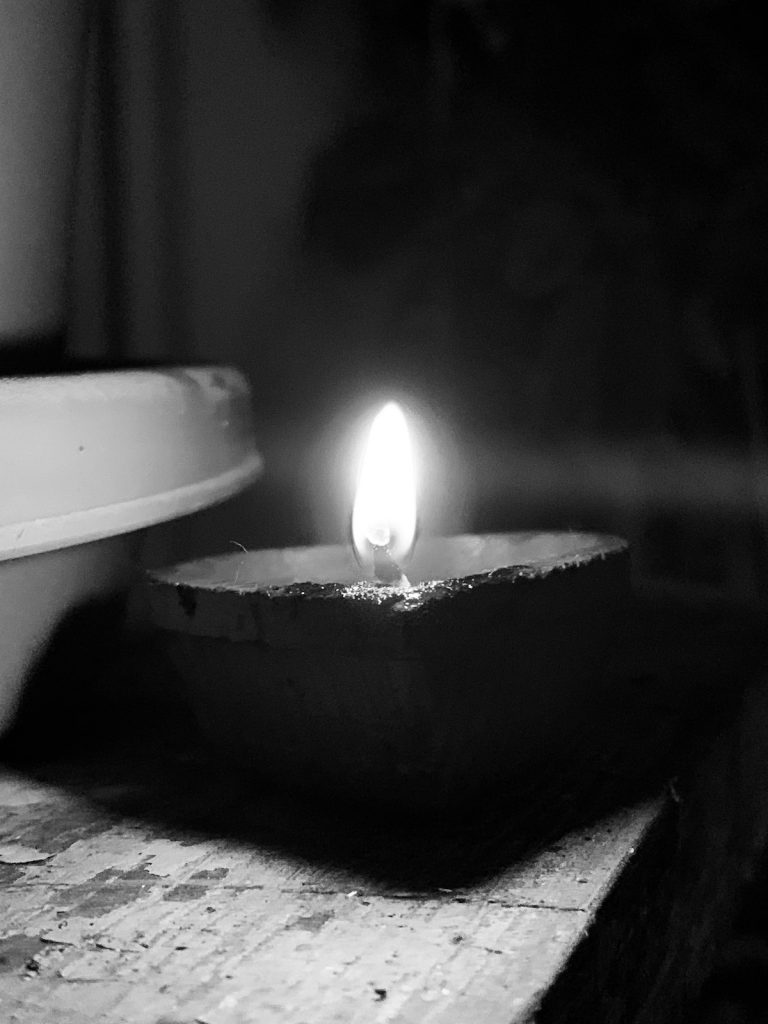
Someone makes a wonderful dish.
It is right up there with the best you’ve ever tasted, and you can’t have enough of it. “Give me the recipe!”, you say. “I want to make it at home, just this way…”
In science, an experiment consists of a set of inputs, acted upon to result in a set of outputs. You keep the inputs constant, in the same proportions, and the outputs will always be the same.
There are many more examples of the above two paragraphs. Every time we like anything, or something wonderful happens, we attempt to recreate it, and it is usually done by revisiting the same conditions that resulted in the same experience.
Then, why don’t we do the same for birthdays?
Wait a minute, you might say. Of course we do the same for birthdays. We celebrate them on the same day each year isn’t it?
Yes, we do. But that is just one of the inputs.
Ancient India was far advanced in keeping time, recording accuracies that rival current technologies. The birthday was one such record.
Our ancestors placed a lot of emphasis on the celestial influences that govern our lives. Look no further than the tides of the oceans – if the influence of the moon can lift such large masses of water twice a day, then we humans, who are also 70% water (Earth is 71% water, and 29% land mass) cannot be isolated from it’s effects. And this is just one of the many, many interactions our lives have with celestial influences – do read The Cycles of Heaven to know more from the scientific community.
Coming back to our birthdays. We usually record the date and time when we are born, but Indian Jyothisha vidya (the science of astrology) goes further, and records the positions of the sun, the moon, the constellations and the planets during the time of birth. And so we have the Janma Rashi, the Nakshatra, the Surya Rashi and the Lagna, as the four major indicators of the person’s birth.
And since we consider the moon’s influence over our lives to be much more than any other celestial influence, the Janma Nakshatra is usually the determinant of your actual birthday.
The Janma Tithi (colloquially called the star birthday) is the day when the sun and the moon are in the same positions, when you were born, and this happens just once a year.
It’s that time of the year when the celestial ingredients are the same as when you were born, your own personal set of inputs that led to the miracle that is you.
It is that time of the year when the whole cosmos is as it was when you came into the world, that precise moment in time – measured by all the relevant inputs possible. Isn’t that just fascinating?
The issue is – with the passage of time, a lot of us forgot this precise measurement, and settled for celebrating just a date on a calendar that has no major scientific basis, other than representing the revolution of the earth around the sun.
So here is a short primer on how to calculate it. Yourself. Every year. And don’t say it is laborious. If you can keep track of the IPL knockout run rates, and the number of goals that Ronaldo scores in a season, you can do this too. And the results are much more significant (unless you are Ronaldo that is).
HOW TO ARRIVE AT YOUR JANMA TITHI
- Calculate your Janma Nakshatra using this link.
- Calculate the month in which you were born, from the table below:
- Chaitra (30/ 31* Days) Begins March 22/ 21*
- Vaisakha (31 Days) Begins April 21
- Jyaistha (31 Days) Begins May 22
- Asadha (31 Days) Begins June 22
- Shravana (31 Days) Begins July 23
- Bhadra (31 Days) Begins August 23
- Asvina (30 Days) Begins September 23
- Kartika (30 Days) Begins October 23
- Agrahayana (30 Days) Begins November 22
- Pausa (30 Days) Begins December 22
- Magha (30 Days) Begins January 21
- Phalguna (30 Days) Begins February 20* Leap years
- Go back to this link, and enter your full birth month, for the current year, i.e. 2020. You will get a table of the Nakshatras for the month. Find the date your Nakshatra is on. If it is on two dates, the second is your Janma Tithi, else it is the first.
Great, Iv’e found my Janma Tithi. What do I do next? How do I go about celebrating it? Or is there something on that too?
Yes, there is. Part 2 of this article…coming soon!
to be continued…
